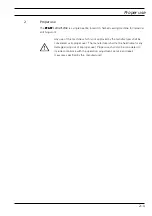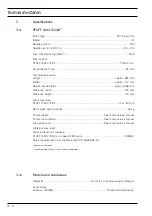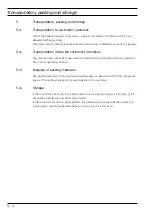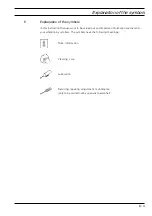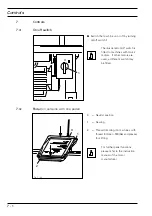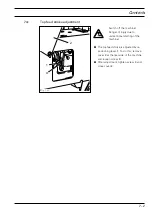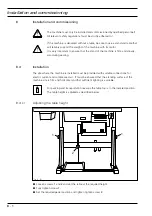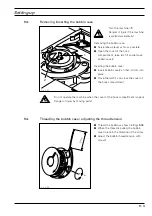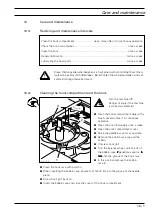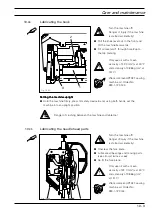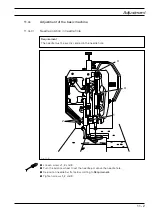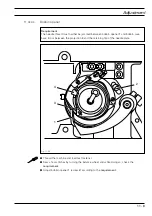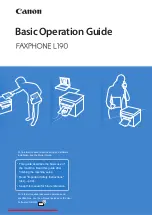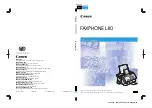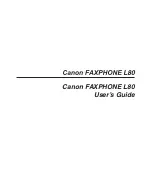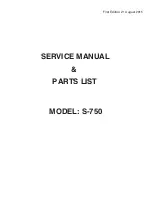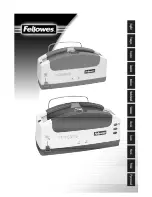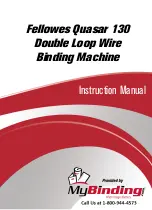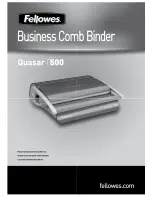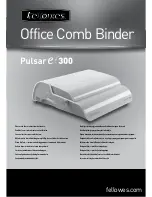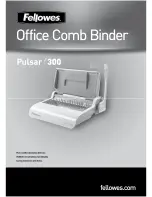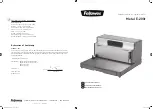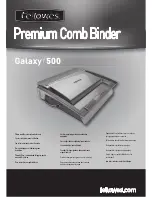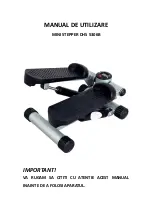
9 - 2
Setting up
Fig. 9 - 02
6
4
-
+
5
3
1
2
●
Place an empty bobbin
1
onto bobbin spindle
2
.
●
Thread the bobbin in accordance with
Fig. 9-02
and wind it clockwise around the
bobbin
1
a few times.
●
Engage on the bobbin winder by pressing bobbin winder shaft
2
and lever
3
at the same
time.
The bobbin fills up during sewing.
●
The tension of the thread on bobbin
1
is adjusted with knurled screw
4
.
●
The bobbin winder stops automatically when there is enough thread on bobbin
1
.
If the thread is wound unevenly:
●
Loosen nut
5
.
●
Turn the thread guide
6
accordingly.
●
Tighten nut
5
.
9
.02
Winding the bobbin thread, adjusting the thread tension


